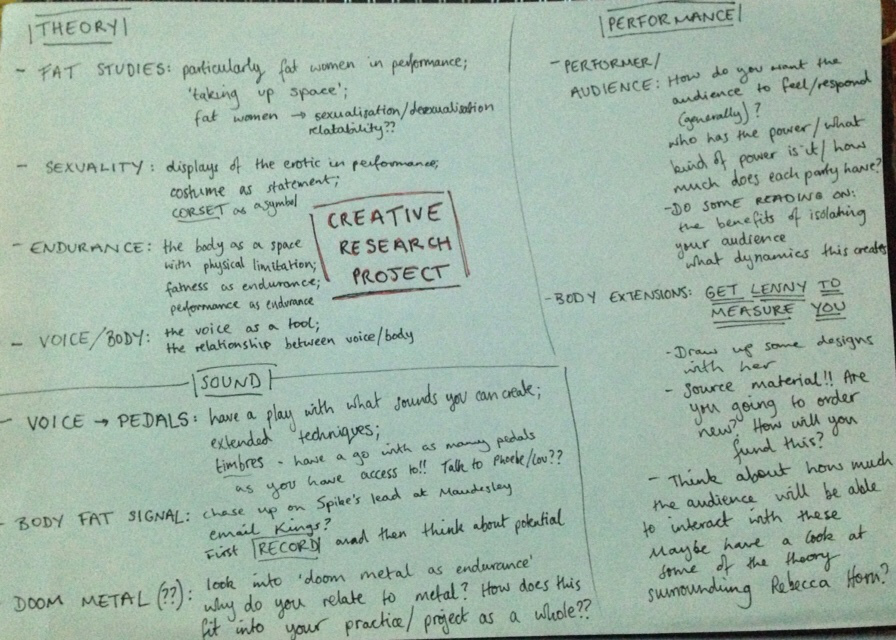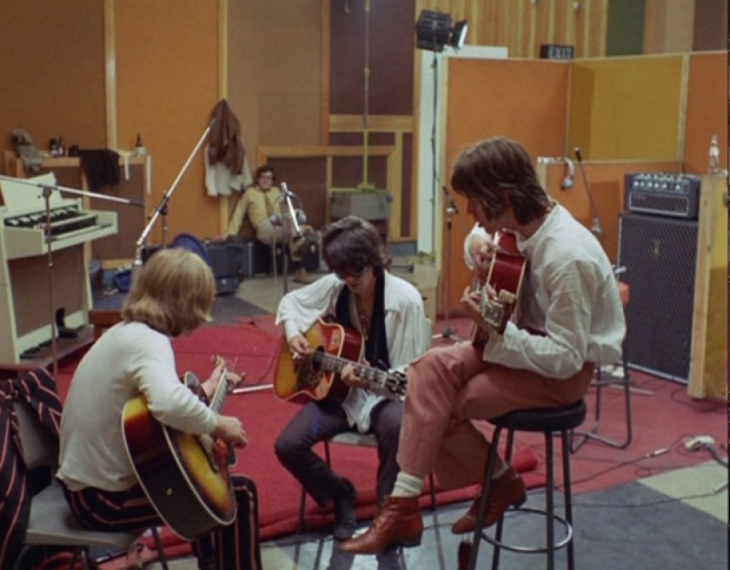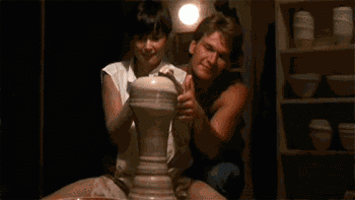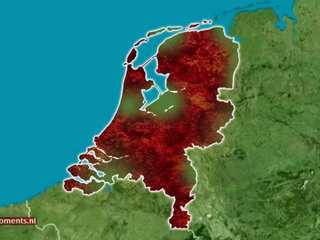Download links for: The Hour Between Dog and Wolf: Risk Taking, Gut Feelings and the Biology of Boom and Bust


Reviews (see all)
Write review
A look at the biochemistry of decision-making behavior in the context of the stock trading floor.
Very good, 4.6. Examines the biology of risk-taking, particularly in the stock market.
excellent and thought provoking
I think the same way
what an eye opener
Other books by Nonfiction
Related articles












